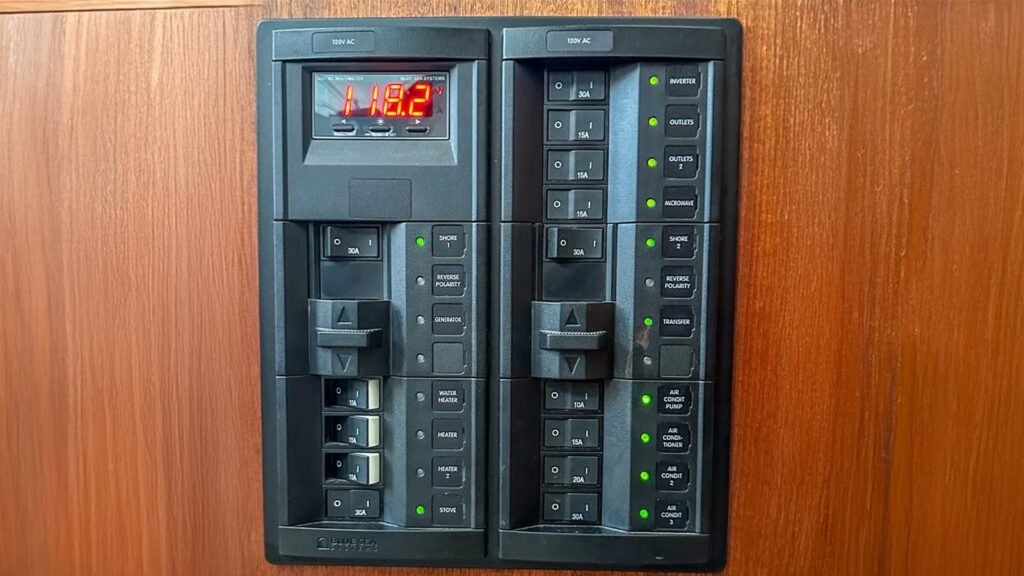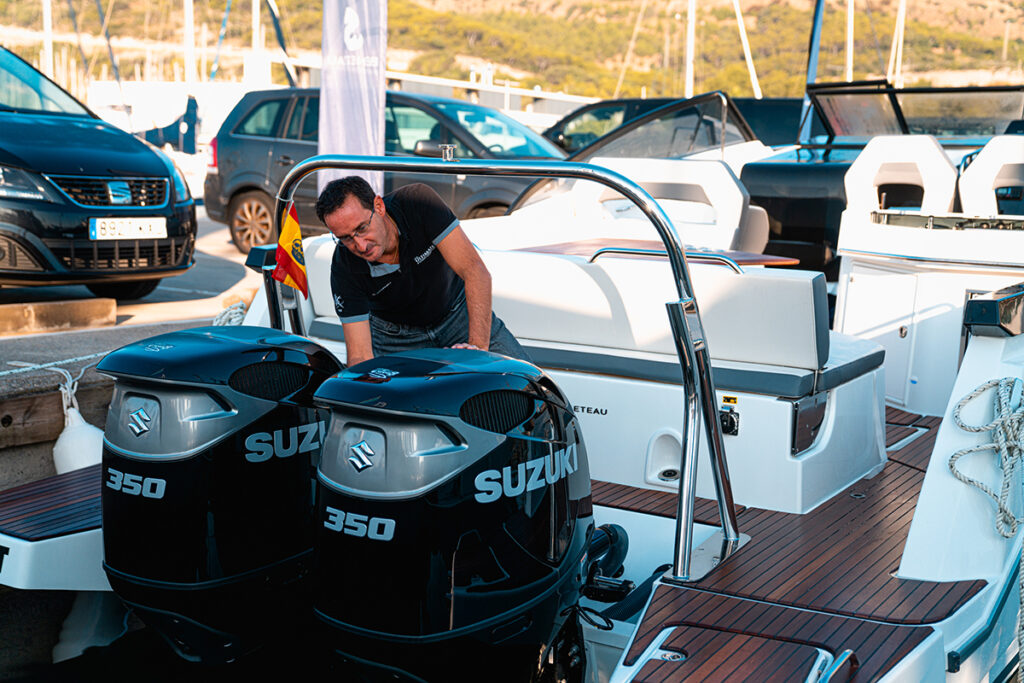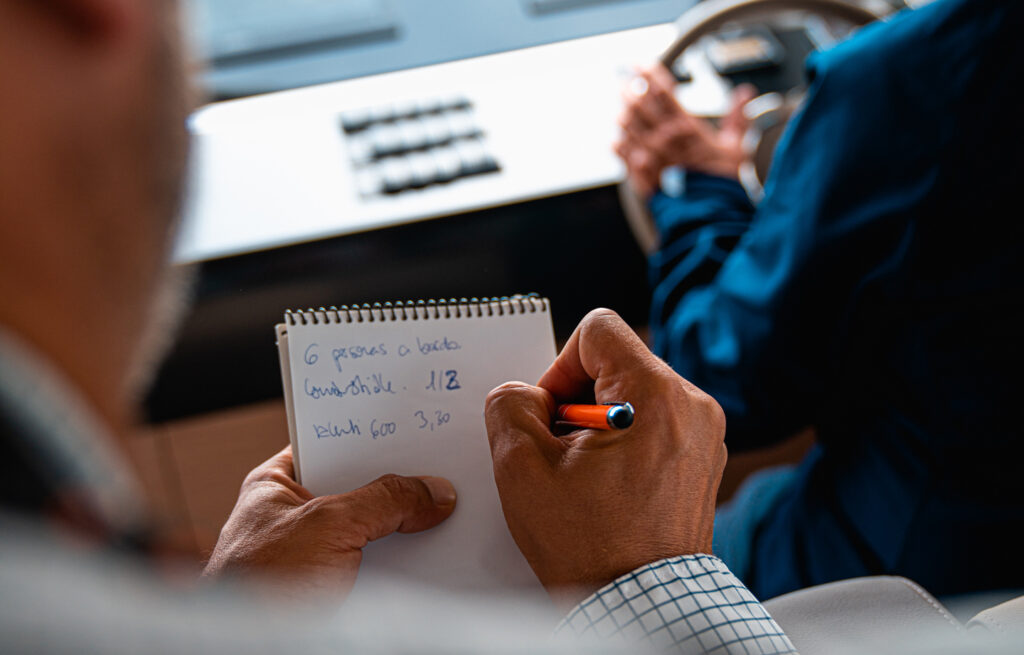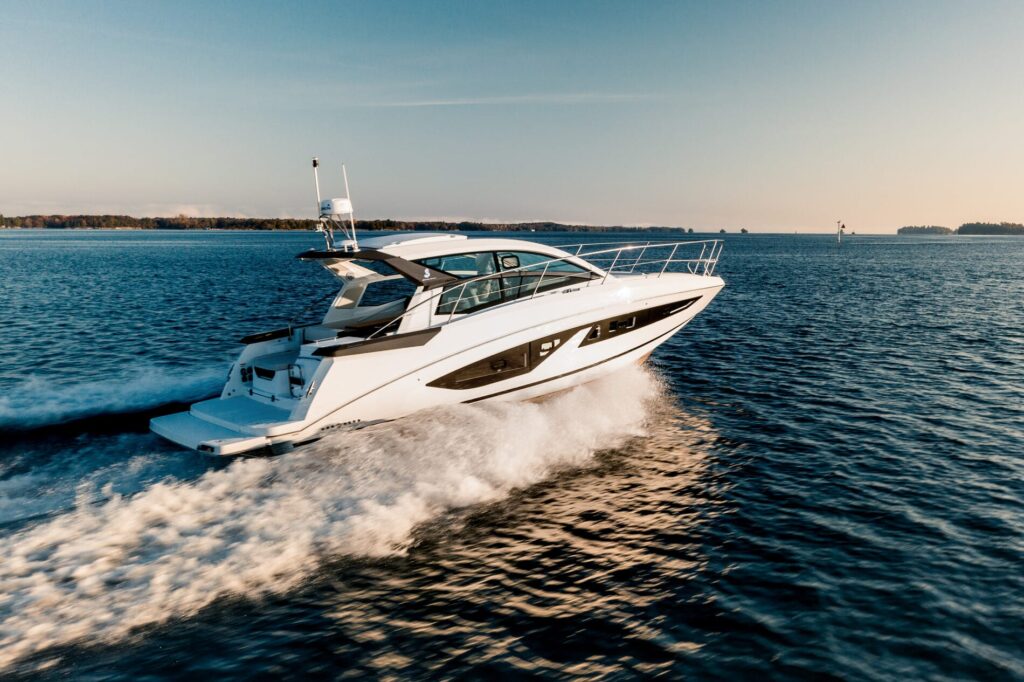Beyond the Basics: A Practical Guide to Essential Boating Safety Gear and Personal Equipment
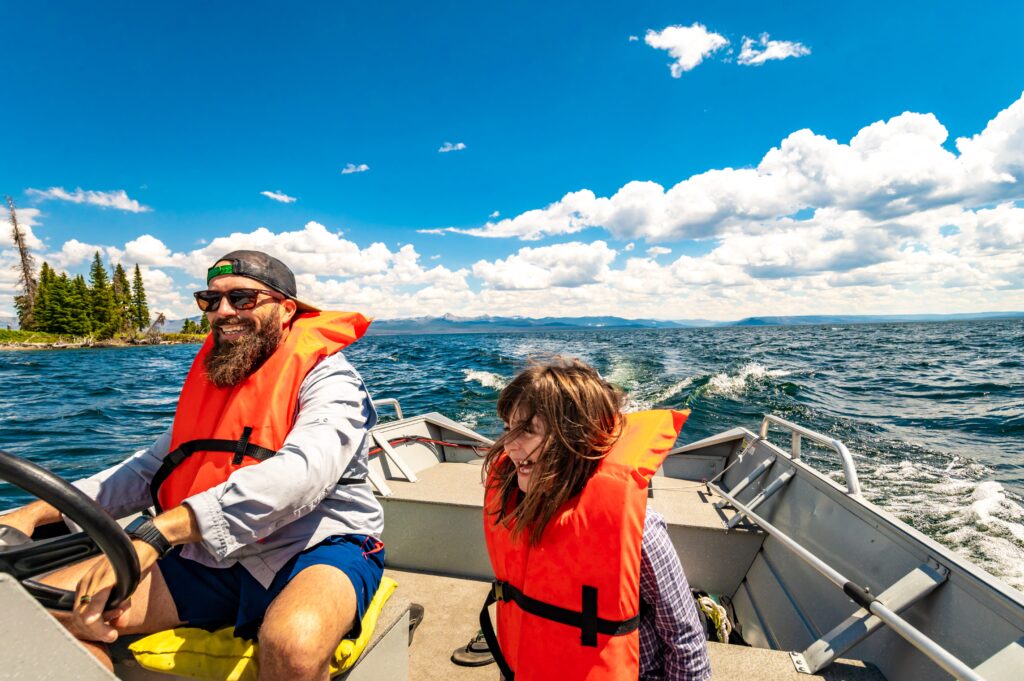
(from Powerboating Made Easy, the textbook for American Boating 101)
Table of contents
Don’t Count on the Bare Minimum
Lots of new boaters look at the thin list of federal safety gear requirements and find it absurd the law requires so few items. Most people in the boating community would never go out on the water with only the required equipment.
Take a look at this list of suggested additional safety gear. Consider expanding your boat’s gear to include these and anything else you think you might want or need to enhance safety and comfort.
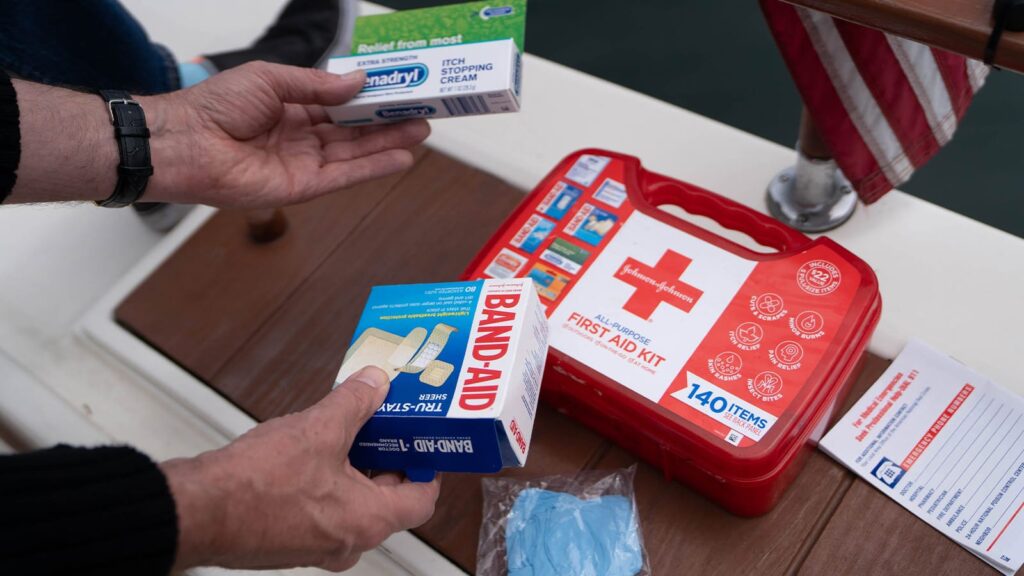
Suggested Additional Safety Gear
This gear goes beyond what’s legally required. Some of it helps in emergencies. Some of it just makes life easier when you’re out on the water. You’ll be glad to have it when you need it.
- First aid kit
- Anchor and rode
- Bucket or other way to get water out of the boat
- Boat hook
- Oars or paddles
- Magnetic compass
- VHF radio (marine band, very high frequency)
- GPS
- Knife
- Tow line (heavy and long enough to tow your boat)
- Extra dock lines and fenders
- Mask, snorkel, and swim fins
- Heavy-duty, waterproof flashlight
- Binoculars
- Soft wood plugs (for boats with through-hull fittings)
- Man overboard recovery gear
- Spare expendables (air horn canisters, flares, etc.)
- Batteries
- Tool kit
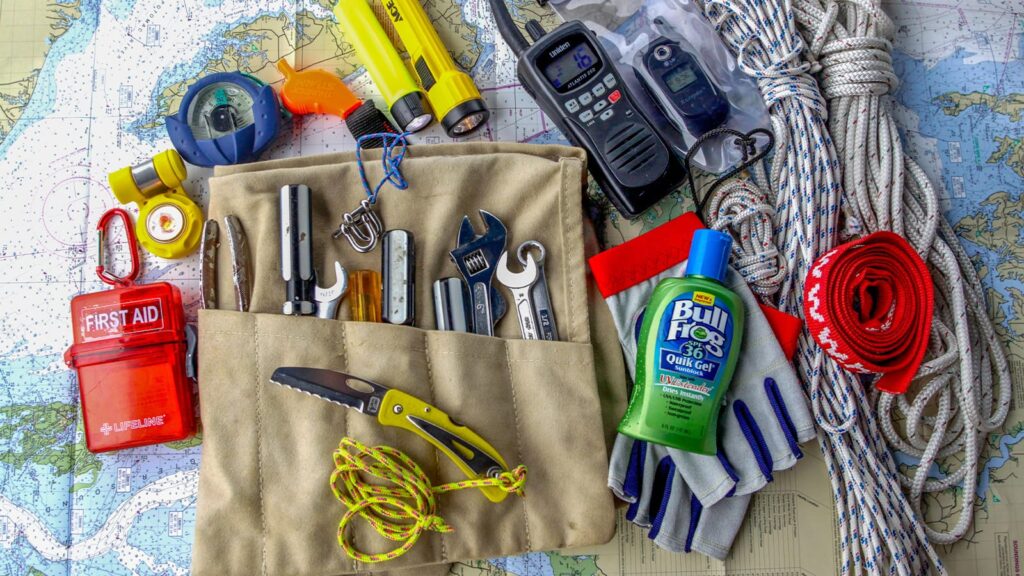
Personal Equipment: What to Pack
Most boaters get into the habit of bringing a duffel bag for voyages of any description or length. It’s a great habit to develop. Once you disconnect from shore, grabbing some item you need becomes almost impossible unless you already have it.
You may find some items on the list already on the boat. Don’t count on that, and don’t count on borrowing things from other people. A responsible boater prepares as thoroughly as possible before departure.
You don’t have much flexibility to be creative with legal requirements. You do have some wiggle room with personal safety equipment. Make this list your own.
Suggested Personal Equipment:
- Water
- Snacks (granola bars, trail mix, etc.)
- Sunscreen
- Sunglasses
- Cell phone and charger (a portable battery pack is smart)
- Handheld VHF radio
- Hat or face/head protection
- Non-skid footwear
- Gloves (for handling lines or chain)
- Long sleeve shirt or jacket (for warmth and sun protection)
- Insect repellent
- Rigging knife
- Whistle
- Mirror (for signaling)
- Personal light (headlamp or clip-on)
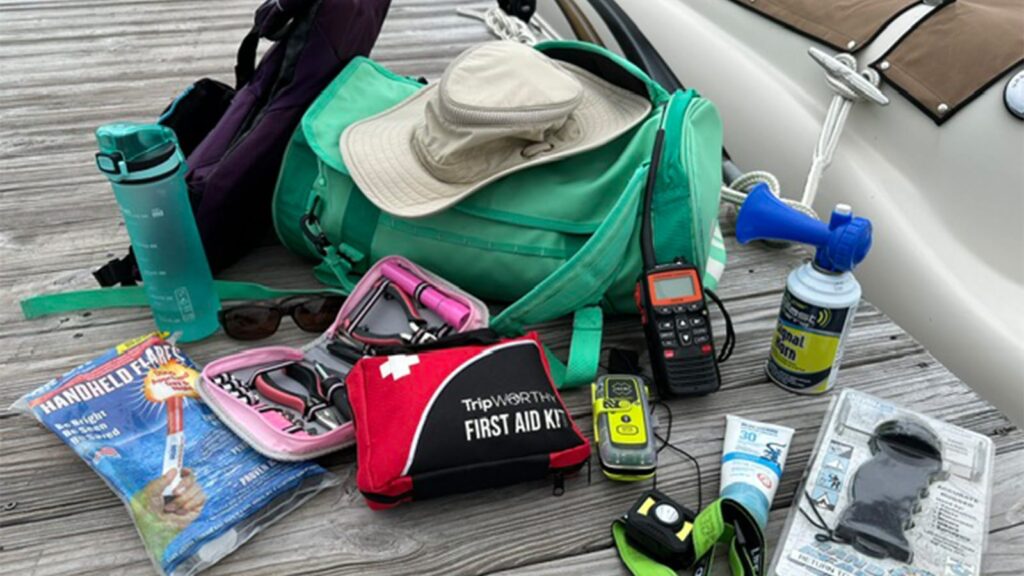
Make the List Your Own
Talk to other boaters. See what they carry. Ask what they wish they had when something went wrong. You could get some great ideas.
There’s no single right answer here. Just don’t wait until you’re out on the water to realize you forgot something essential. Once you cast off, preparation matters more than ever.


